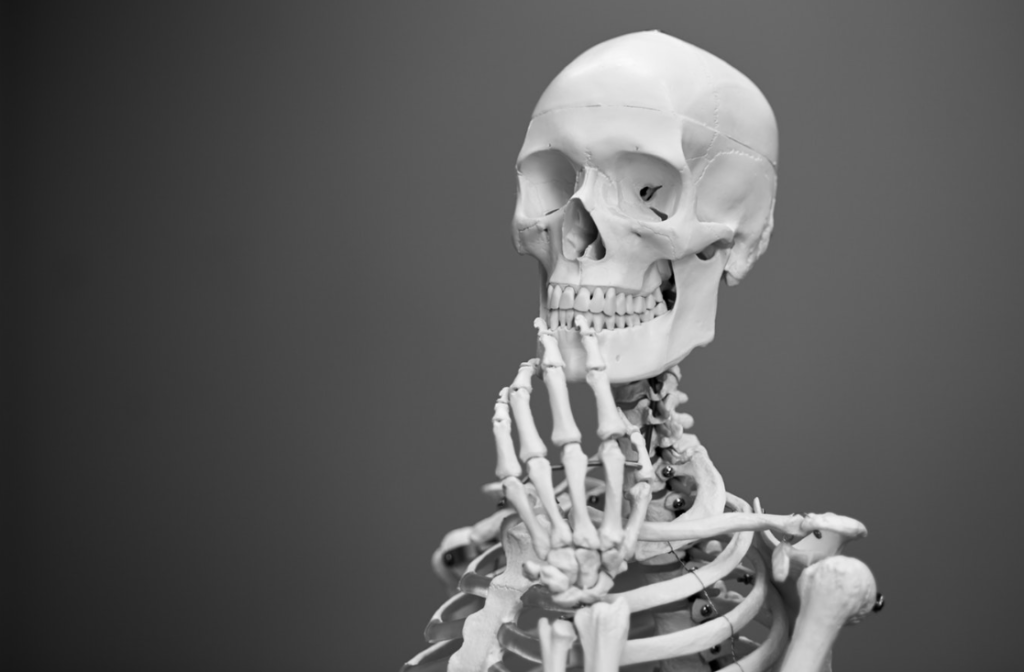This year in September on Heritage Day, the University of Cape Town will return nine unethically-obtained skeletons that have been in its possession since the 19th century. The skeletons were brought to UCT from Sutherland in the Northern Cape.
The curator of human remains at UCT has been overseeing a lengthly process to audit the archive of skeletons at the university.
The skeletal remains in question are those of people believed to have been captured and forced into farm labour early in the 1800s. A farmer in Sutherland dug up the remains in the 19th century and brought them to the university.
After research was conducted it was uncovered that the remains were from the Stuurman and Abrahams families that live in the Sutherland area as well.
The university went to great lengths to visit the farm where the remains were found and conduct a informal debriefing session with the university delegation and the families.
UCT spokesperson Elijah Moholola told IOL that on May 20, the delegation met with representatives of the Karoo Hoogland Local Municipality. “Thereafter, a final public meeting marked the end of a public participation process that is governed by the South African Heritage Resources Agency (Sahra). The reburial date is earmarked for September 24, and is subject to approval by Sahra.”
The university continues to work closely with descendants to see that all remains are rightfully returned and reburied according to customs with dignity.
During a briefing, UCT vice-chancellor Mamokgethi Phakeng said the university had been shocked to discovery “this shameful chapter” in its history, and had put in place a collaborative process in order to make amends for what had come to pass.
Phakeng said that as there was no proper precedent for returning remains found to their place of origin, the university met with the families identified to ask for their assistance and advice on the matter.
“Sometimes in our surrounding community old human skeletal remains are uncovered during development or by erosion of the soil. UCT currently has 1 021 skeletons. They are used for educational and research purposes in a variety of disciplines, including health sciences. They help us to understand how our species has adapted over time and to different environments.”
Before the 1980s, the protocols for collection and research of skeleton was not as controlled as it is today, which is why some of the remains have stayed at the university.
After an analysis of the collection was done in 2017, all skeletons procured unethically were placed under moratorium and sealed away separately from the rest of the collection.
Picture: Unsplash

